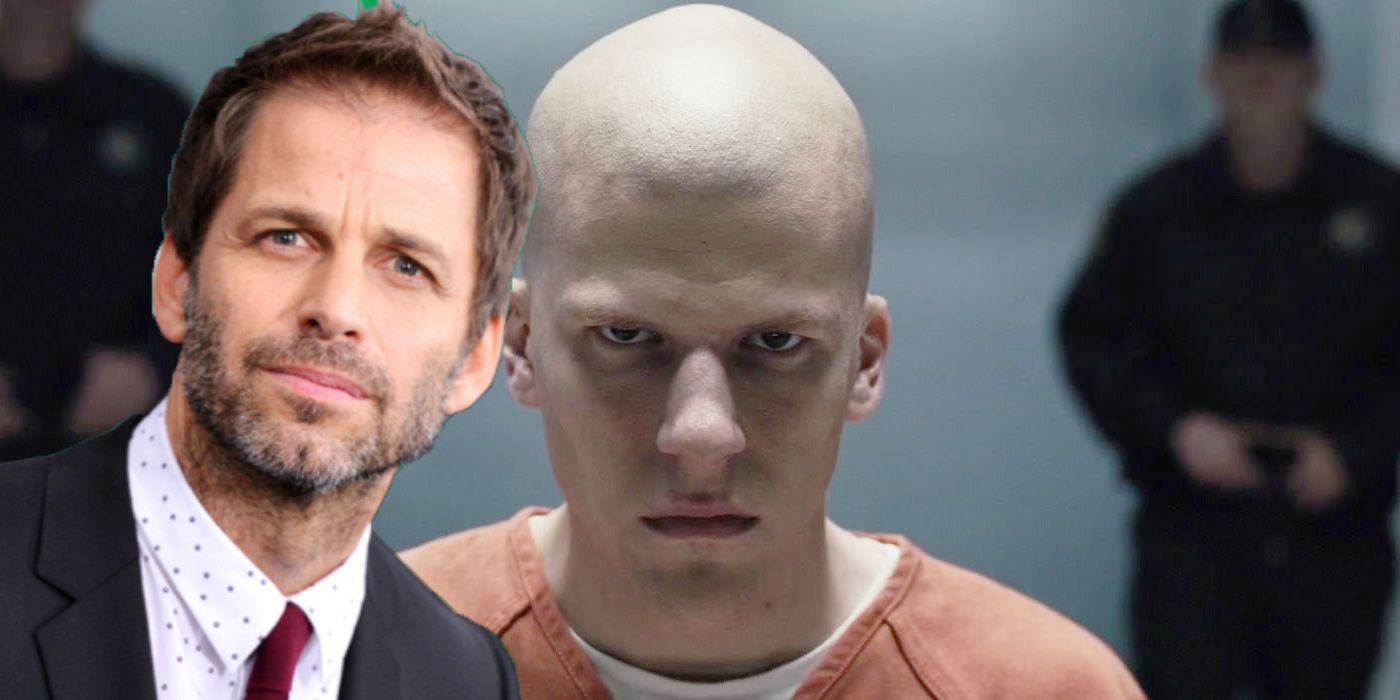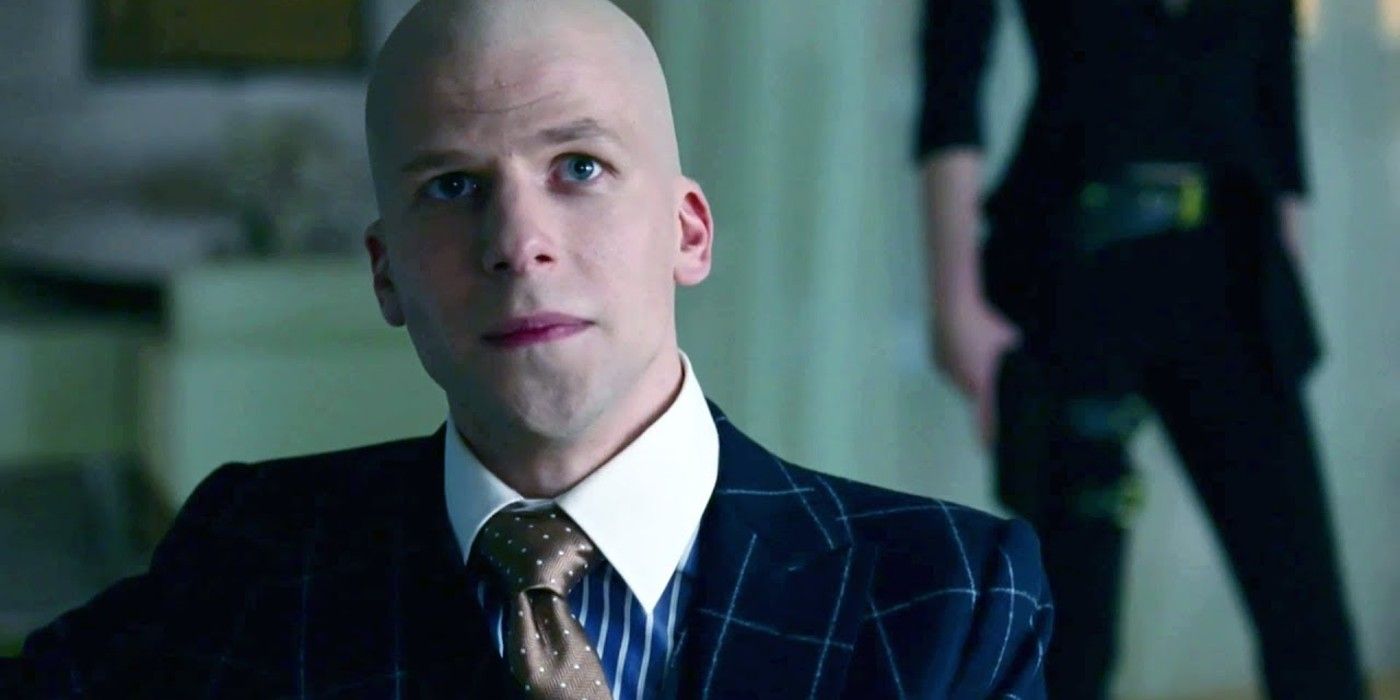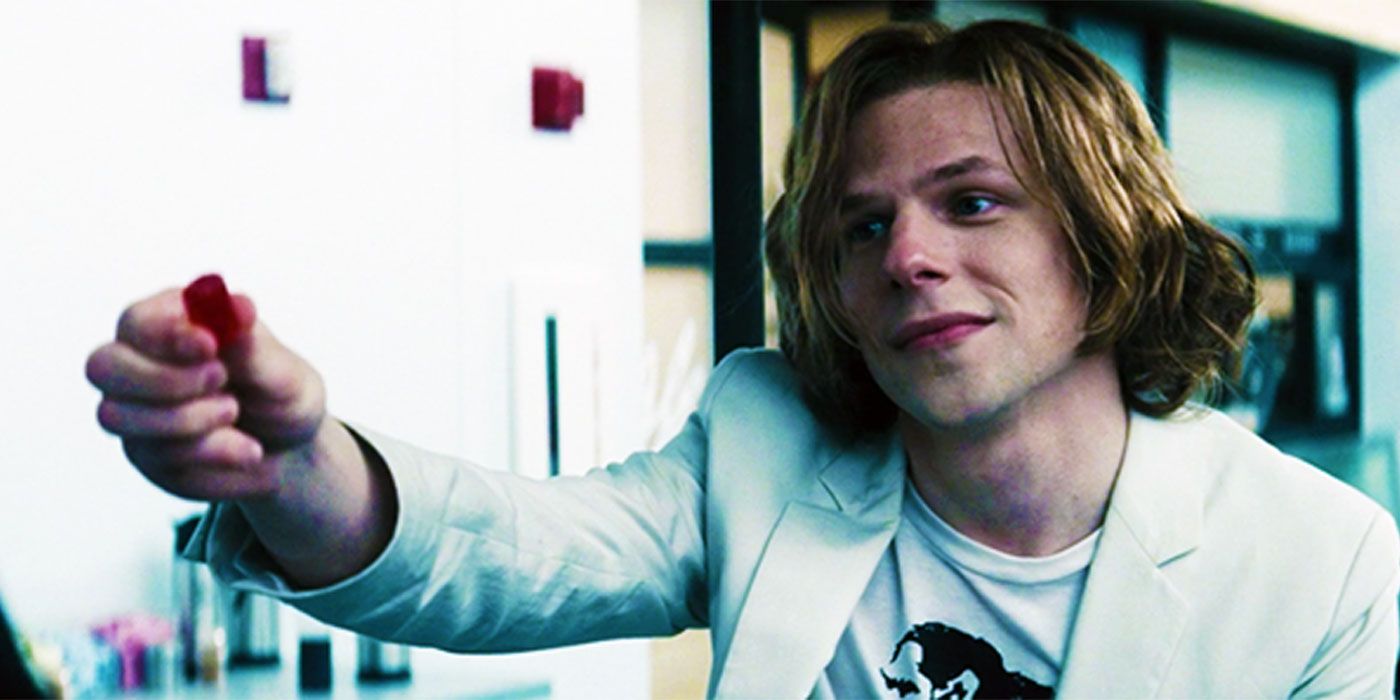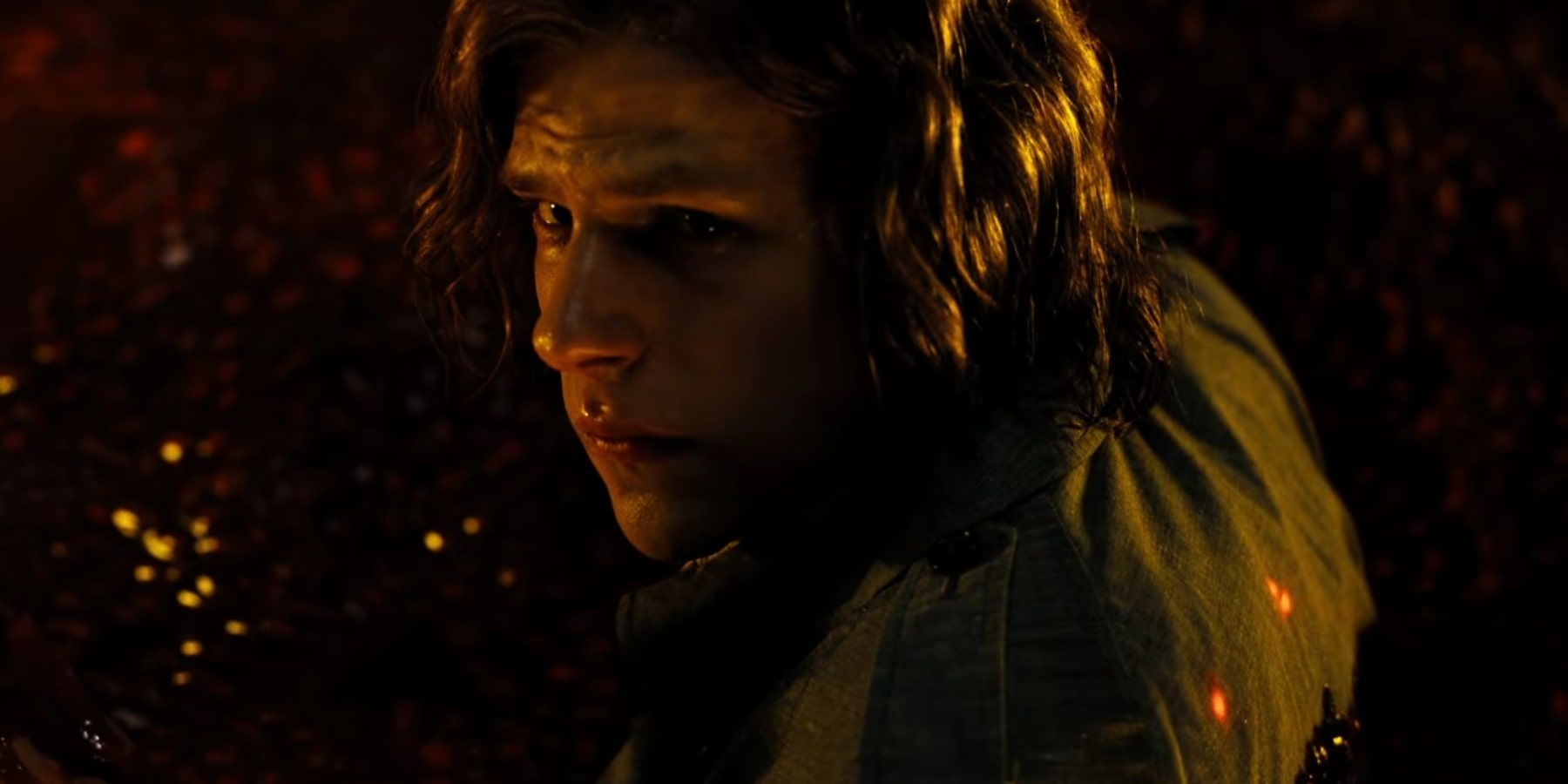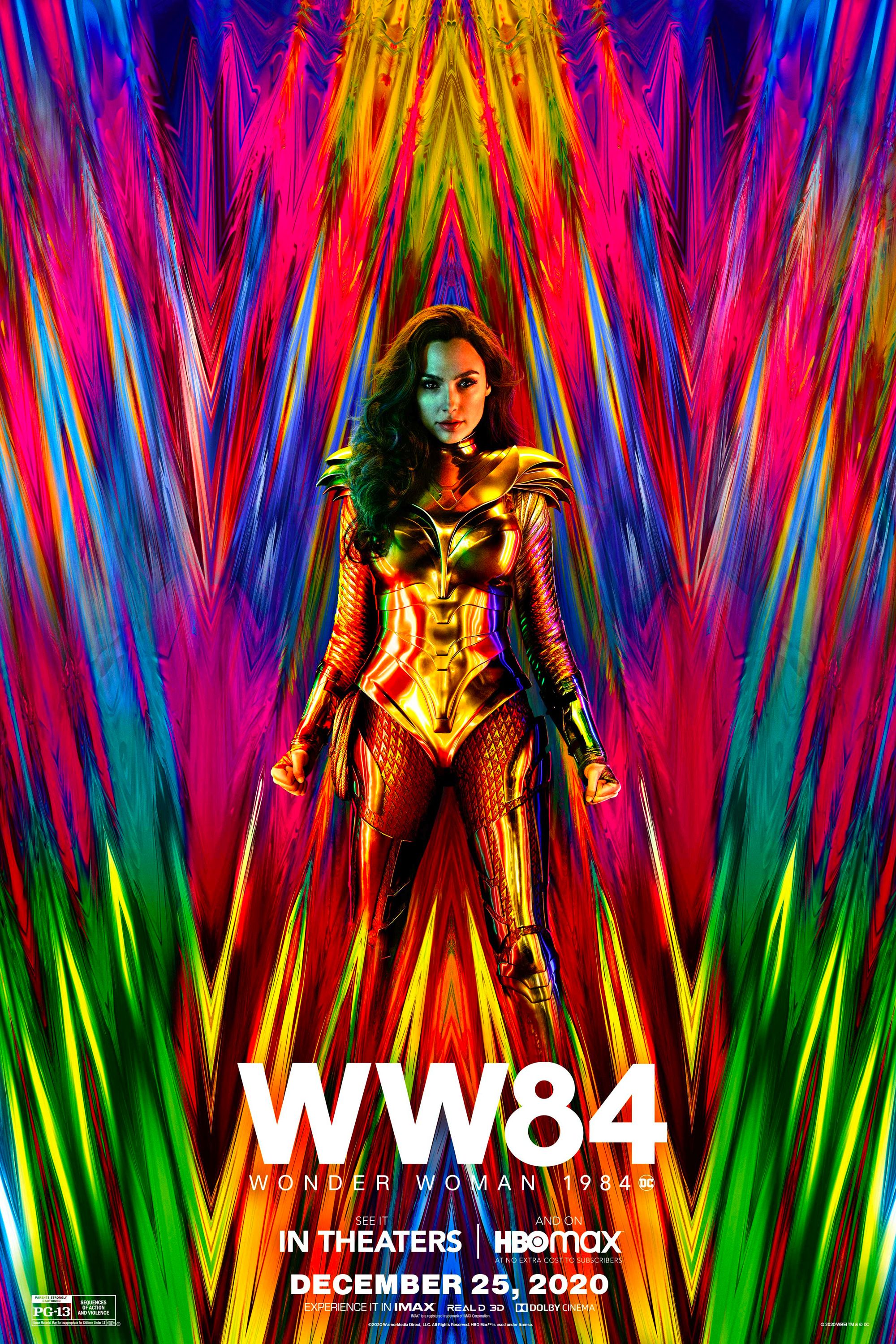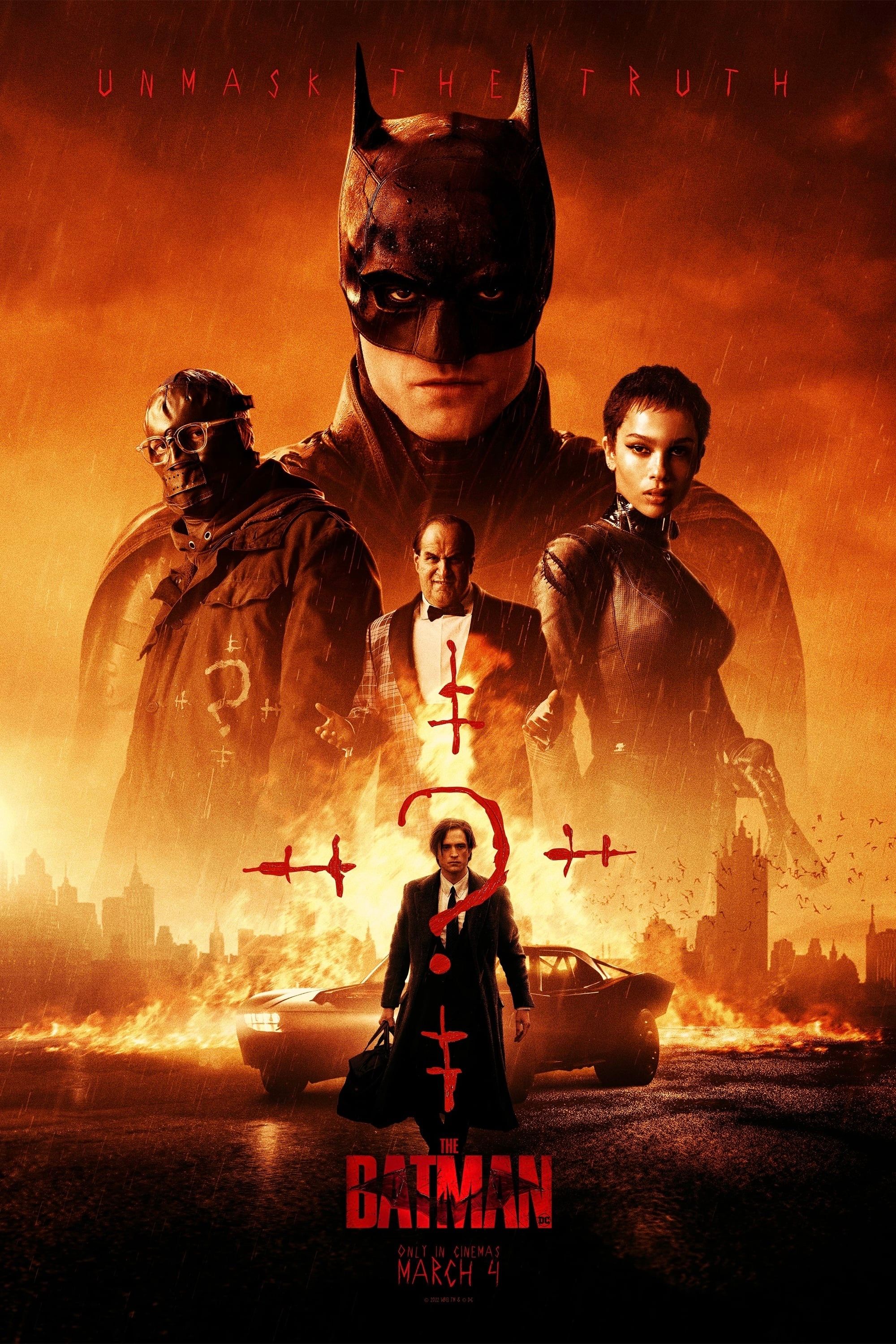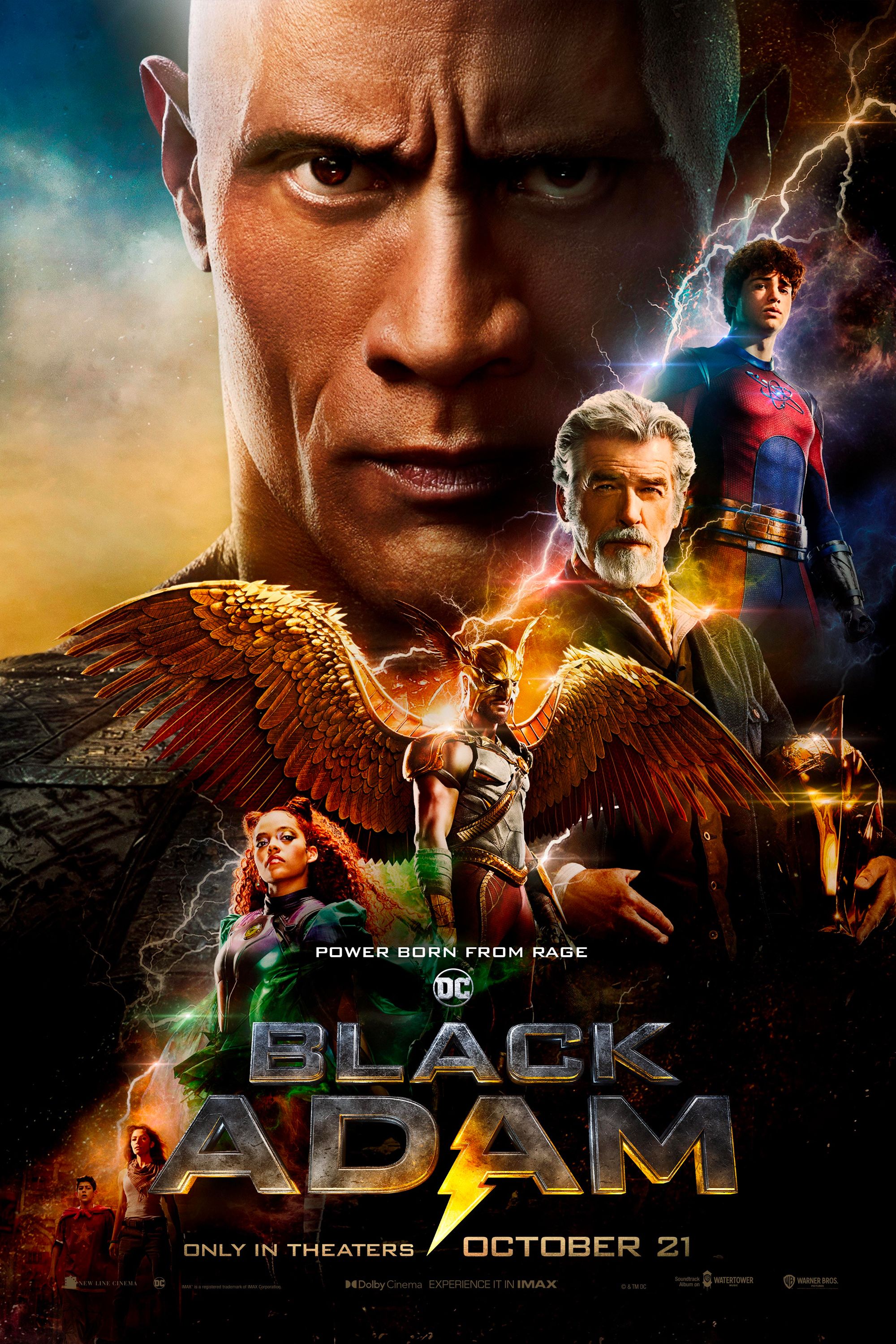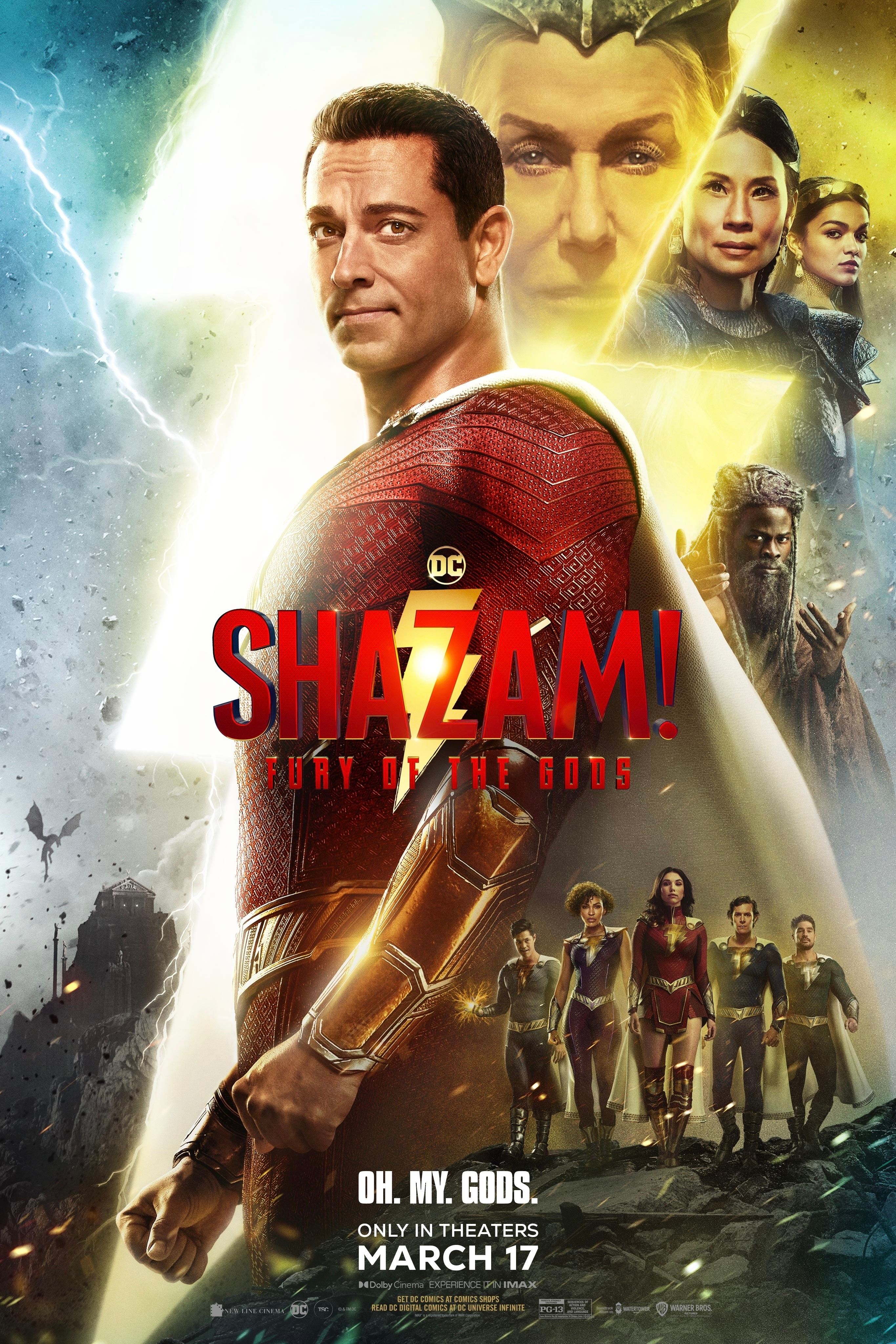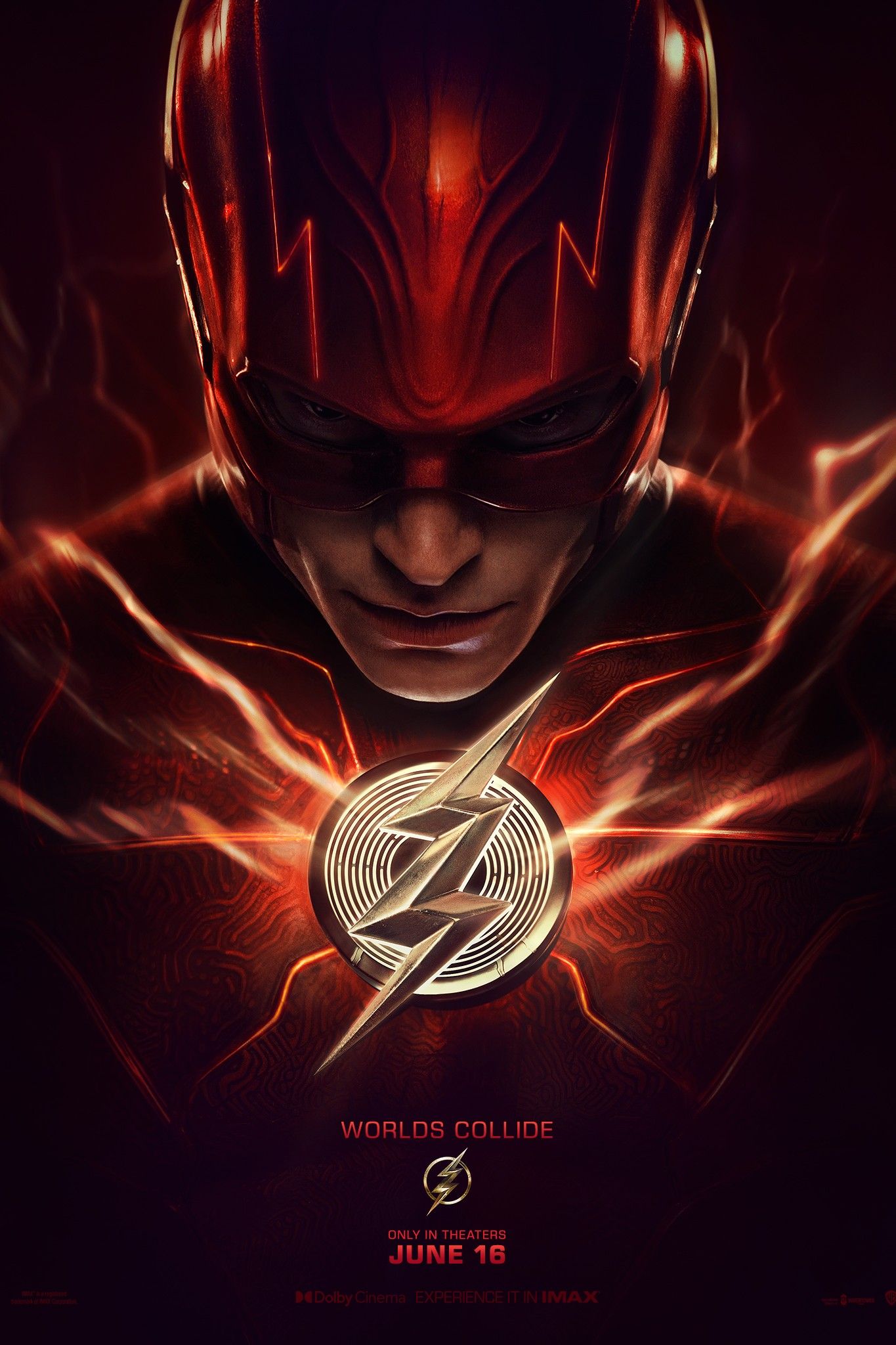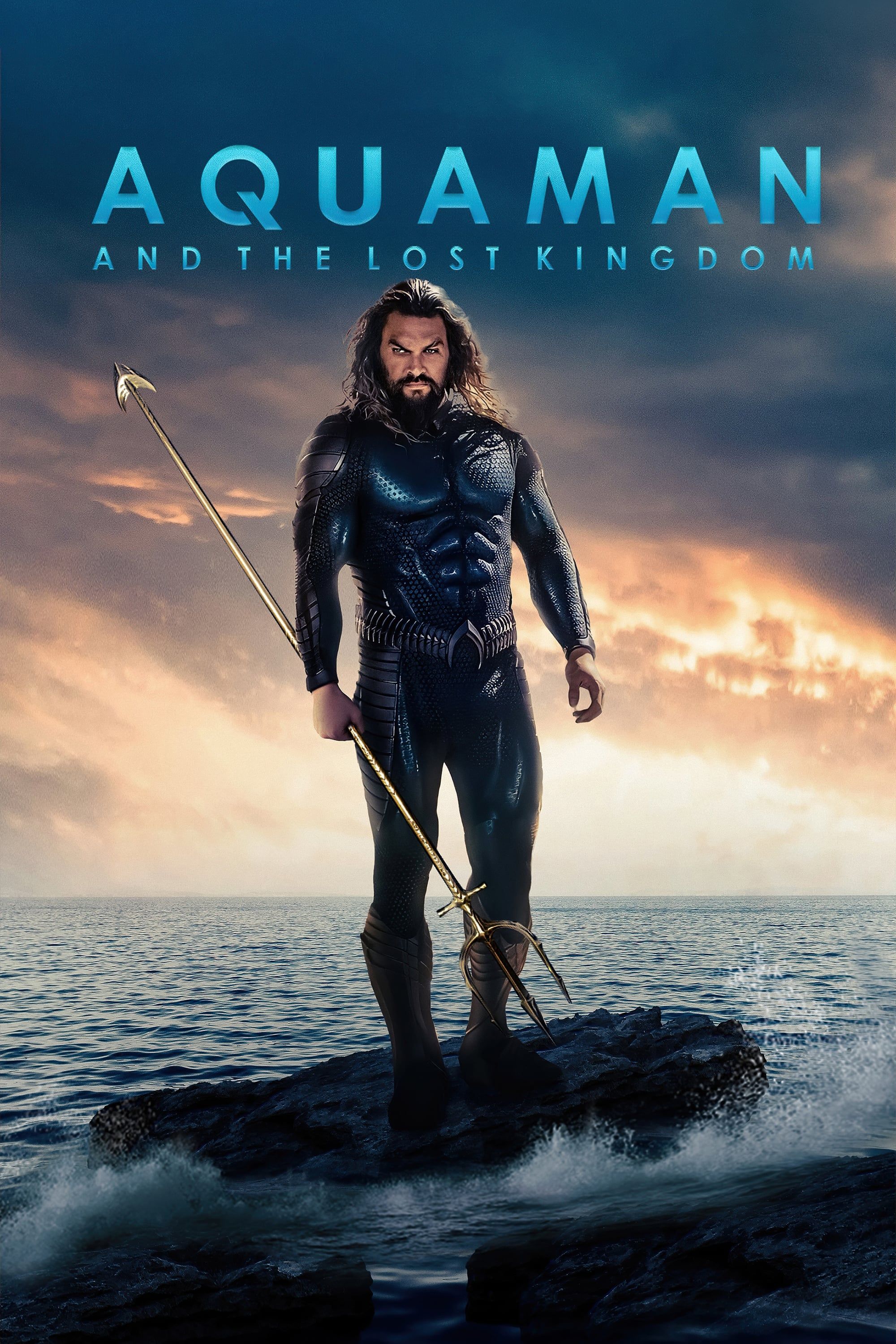Lex Luthor was initially set to be a major part of Zack Snyder's DCEU narrative, and his significance would have been explored in 2017's Justice League. As fate would have it, his inclusion was largely cut save for the post-credits scene between him and Deathstroke, and Luthor never got to grow beyond his debut in Batman v. Superman: Dawn of Justice. Because of this, fans are left to speculate on what Luthor's future in Snyder's DCEU could have looked like.
The DCEU franchise began with 2013's Man of Steel, which met mixed reactions from fans and critics. From there, Snyder continued with his vision of the DC universe with 2016's Batman v. Superman, which further divided audiences across the board. Some commended it and continue to praise its dark, gritty presentation, but others lamented its butchering of the ever-popular The Dark Knight Returns and The Death Of Superman comics. One of the biggest points of contention is Lex Luthor, uniquely played by Jesse Eisenberg.
Fans expected a very different take on the character than why they got. Long gone were the days of Gene Hackman and Michael Rosenbaum, and the bald, calculating businessman was replaced by a long-haired, eccentric madman. After his first appearance, the owner of LexCorp was phased out of the franchise, and Eisenberg's take on the character never got the chance to fully develop. In the years since Justice League's release, information about his involvement has trickled out little by little, revealing that he was meant to be so much more in Zack Snyder's original DCEU continuity.
We Don't Know How Much of Lex Luthor Was Cut From Justice League
It is unknown the total number of Lex Luthor scenes removed from Justice League's theatrical cut. Following Zack Snyder's departure from the project, Joss Whedon took over and overhauled nearly the entire film, leaving Luthor's story beats on the cutting room floor, aside from the epilogue. It is now known this wasn't always the plan, as concept art from the fabled Snyder Cut reveals some of his major story points. The pictures depict Luthor in his prison cell with journals and books scattered about, and according to Snyder, the research he'd cultivated about Steppenwolf and the Motherboxes would be very important to the League.
Jesse Eisenberg himself said that he had a larger presence in the original plans for the film. Though Eisenberg has admitted to not seeing the Snyder Cut, he is aware that the majority of his scenes were left out, but the specifics and the number that were shot remain uncertain. The theatrical Justice League was designed as course correction following Batman v. Superman's critical reaction, and given Luthor's role in that movie and Eisenberg's portrayal being seen as divisive, his appearance would have worked against that strategy.
Batman v Superman Was Lex Luthor's Origin Story
Batman v. Superman operated as Lex Luthor's origin story, and it was an unconventional introduction to an already ambitious take on the DC mythos. He is characterized as a man whose upbringing was rocky, suffering from physical abuse at the hands of his father. As a result, he grew up resentful of those more powerful than he, putting Superman in his crosshairs. He wants to weaponize kryptonite as a deterrent should the Man of Steel abuse his metahuman abilities. This also ties into his fixation on the relationship between gods and men and how the latter should not be powerless against the former.
Luthor's obsession with controlling the divine and anything not of this world pushes him forward as a character. He is quickly established as someone who craves control, knowledge, and power most of all, and when he comes upon the crashed Kryptonian ship, it is a treasure trove for him, opening a whole new world of study. The technology there allowed him to bend the will of Superman, which is his goal from the start, and Batman v. Superman laid the groundwork for the man Lex aspires to be and would have come closer to being in Justice League.
Lex Luthor Was An Important Part of Darkseid's Plan
Batman v. Superman teased Lex Luthor's connection to Darkseid in a Batman v. Superman Director's Cut scene, which featured Luthor and Steppenwolf aboard the Kryptonian ship. Before the SWAT team swarmed the room, the image of Darkseid's Uncle possessing all 3 Motherboxes appeared before Luthor. The scene was titled "Communion," and was designed as a lead-in for Darkseid's Justice League arrival. This was also teased at the end of Batman v. Superman when Luthor warns the Dark Knight that "He's hungry, he's found us, and he's coming!" All three characters - Luthor, Darkseid, and Steppenwolf - were to appear in Justice League, but Steppenwolf was the only one to receive significant screen time in the theatrical cut.
Luthor's findings would tie him directly to the "big bad" of the DCEU. Darkseid was set to appear in multiple planned Justice League films before Whedon's reshoots, and his invasion of Earth would be attributed to Lex, whose meeting with Steppenwolf alerted him of Superman's death. With the Kryptonian out of the way, Steppenwolf would stand unopposed in securing the Motherboxes and seizing unimaginable power. At the same time, the information Luthor gathered would be a major part of the League's attempts to thwart the attack. His notebooks would hold the key to understanding the boxes themselves as well as the entities seeking to secure them.
Looking back on his DCEU run, it is hard not to imagine a bright future for Lex Luthor. The seeds were planted for him to be a prominent figure of the franchise, only for it to not happen. Especially in Justice League, he would have played both sides of the fence, which would have been an interesting dynamic to watch play out while simultaneously witnessing Eisenberg evolve as the character. Should Zack Snyder's Justice League reshoots come to fruition, Luthor deserves to be thrown back in the mix because his original role in Justice League and the DCEU as a whole is rife with untapped potential.

